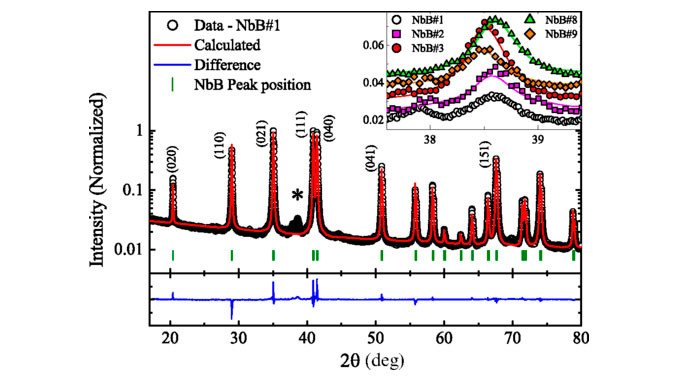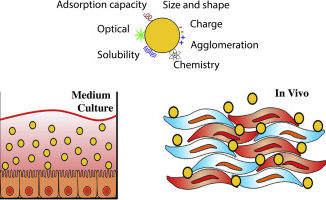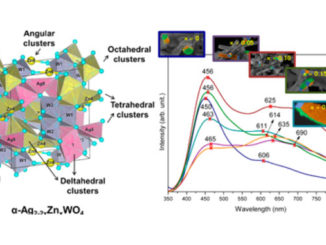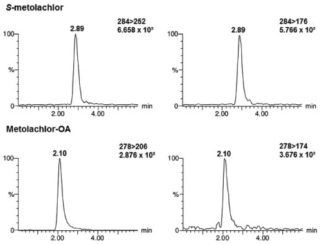
Writers: F. Abud, L. E. Correa, I. R. Souza Filho, A. J. S. Machado, M. S. Torikachvili, and R. F. Jardim
Keywords: study; superconducting properties
Abstract: A systematic study of the superconducting properties in a series of arc-melted Nb-B samples close to the 1:1 composition was carried out. Powder x-ray diffraction (XRD) shows that all samples are both nonstoichiometric and composed of two crystal phases: a majority orthorhombic NbB-type phase and traces of a minor body-centered-cubic Nb-rich phase Nb88 with stoichiometry close to Nb0.98B0.02. The emergence of superconductivity near Tc∼9.0K was inferred from magnetization data in chunk and powder samples. However, the very small superconducting volume fractions are inconsistent with superconductivity arising from the major NbB phase. On the other hand, micrographs of selected samples clearly show that the minority Nbss forms a three-dimensional network of filaments that meander around the grains of the majority phase, forming a percolation path. Here we report the superconductivity of the Nb88 phase and argue that the low superconducting volume fraction of nonstoichiometric NbB and zero resistance are due to the filaments of the minority phase. The electronic contribution to the entropy of the superconducting state, yielded from an analysis using the α model for single-band systems, indicates that the Sommerfeld constant of the arc-melted samples is close to the values found in nonsuperconducting NbB. Micrograph, XRD, and bulk measurements of magnetization, electrical resistivity, and specific heat suggest that the superconducting state in the NbB samples bearing some Nb88 minority phase is due to the latter.
Pesquisadores do CDMF fazem descoberta importante na área de física de materiais supercondutores




